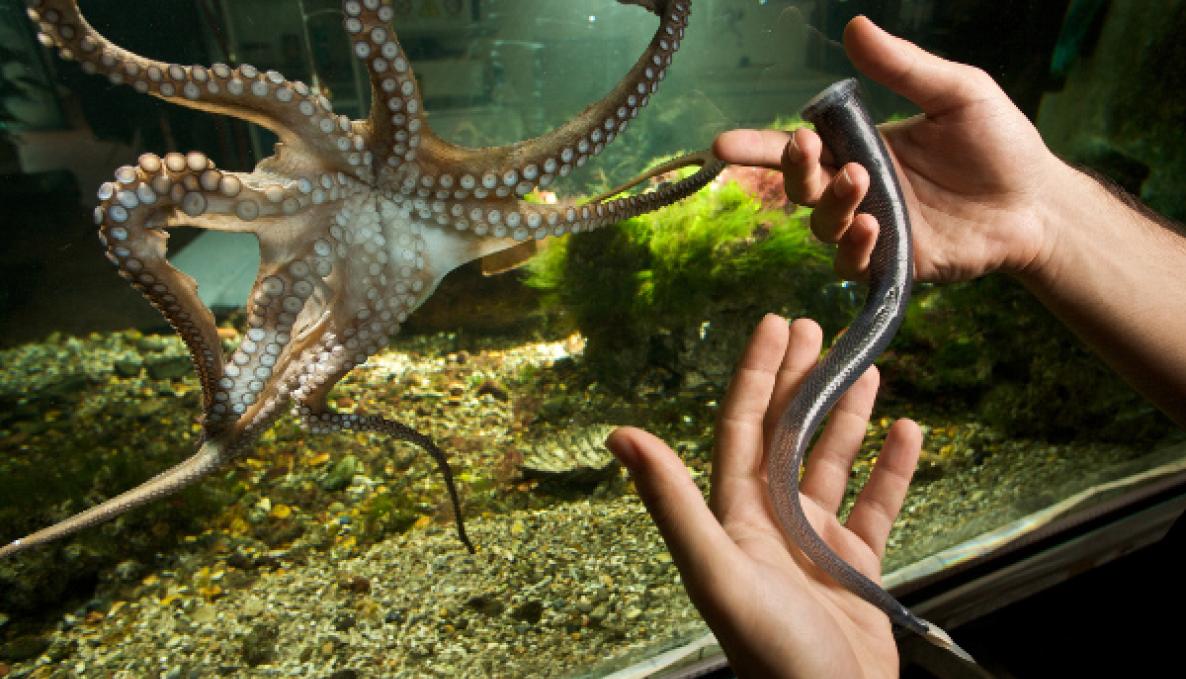Science Journal publishes Advancements in Soft Robotics – a researcher of the Biorobotics Institute at Sant’Anna School summarizes current trends and research challenges

Cecilia Laschi, a researcher world-renowned for her work in soft robotics at Sant’Anna School, summarizes the results and the latest advances in soft robot devices made of pliable materials, elastically deformable and capable of maneuvering. Cecilia Laschi has devoted much of her research to exploring the mechanics of soft robots how robots can squeeze through a small space. Her research focused on developing mobile robots whose bodies can navigate tight spaces that traditional robots are not able to. Her bio-inspired robot “Octopus” (a project which was funded by the EU) has the potential to accomplish tasks as grasping and manipulation of objects, locomotion in rough terrains, and performing flexible interactions.
As published today in the journal “Science”, soft robotics has been a growing research field in recent years. In contrast to “traditional rigid robotics”, soft robots have a theoretical infinite number of degrees of freedom. Soft robots were conceived to benefit users in performing activities of daily living at home and the workplace; they could grow and evolve as described (in his most recent paper published on Science) by Professor Rober Shepherd (Cornell University) in increasing the dimensionality and mimic biological functions.
Potential improvements over existing soft robots involve deforming soft appendages to conform to the environment and navigation through confined spaces. An enhanced navigation strategy by using cognitive maps based on current perceptions, could significantly improve the locomotive capabilities and orientation.
Cecilia Laschi, as a reviewer of Rob Shepherd’s paper, evaluated the video embedded displaying a method for controlling the changing of skin texture and the shape of soft, stretchable materials. Robert Shepherd, who has been inspired by the cephalopod's ability to change the texture and colour of its skin, created a new, programmable material that can form into the shape of grey pebbles and another that forms into the shape of the plant Graptoveria amethorum.
The review paper has been published this week in the journal Science. Cecilia Laschi explains: “Soft robotics will provide a dramatic impact in bio-inspired robotic devices. It explores synergies between neurosciences and robotics. Italy and Europe are committed to advancing the field of machine intelligence and developing technologies for intelligent systems”.



